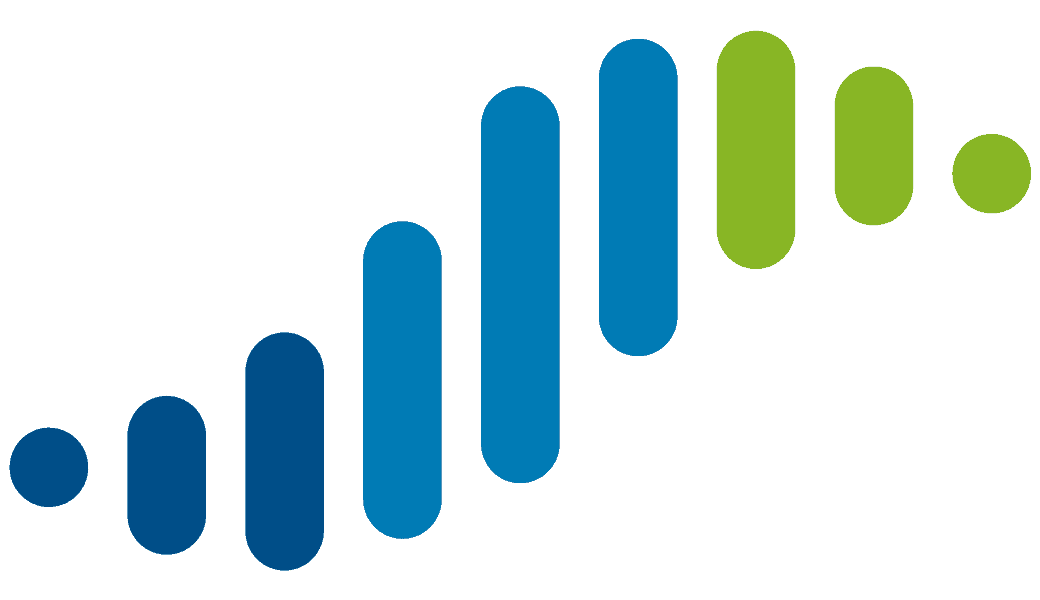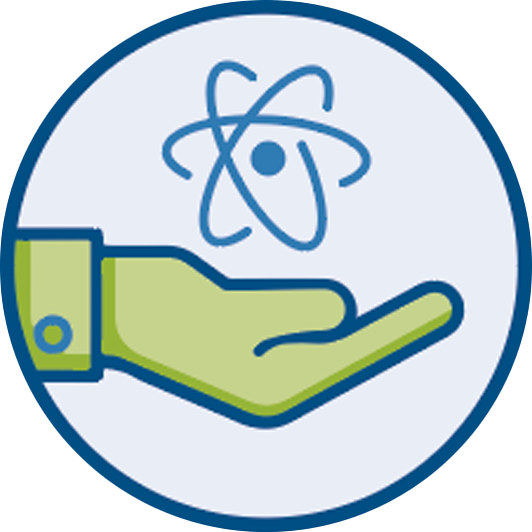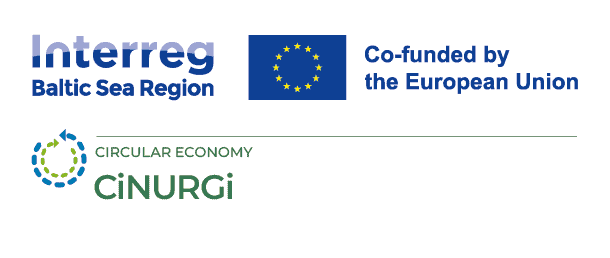
State of nutrient recycling and its potential in the Baltic Sea Region
30 October 2025
To set a base for the promotion of nutrient recycling, CiNURGi has assessed the current state of nutrient recycling in the Baltic Sea Region. This includes information on recyclable biomasses available from agriculture, municipalities and industry, their location and current use.
Knowing what resources are available for nutrient recycling and how they are currently being used is the basis for how to target nutrient recycling efforts. Results from CiNURGi activities show that the availability of recyclable biomasses differs between countries and their national regions. This information can be used in targeting recycling activities, especially in areas of high amounts of recyclable nutrients, to manage nutrient surpluses and enable a more balanced reuse across the region. Such detailed information has previously not been available to this extent in the Baltic Sea Region.
This information has been compiled into two reports and a database:
- Nutrient recycling potential in the Baltic Sea Region (Waiting for Publication)
- Nutrient recycling in the Baltic Sea Region – state-of-the-art and the way forward
- Database on recyclable nutrients in different biomasses
The first report ‘Nutrient recycling potential in the Baltic Sea Region‘ gives quantitative information on nutrient-rich wastes and side streams and their nutrient content (nitrogen, phosphorus) from agriculture, municipalities and industry in the Baltic Sea Region. The report also contains maps which show the location of the nutrients in the different biomasses. This data on nutrient recycling potential has then been compared to the agricultural area utilized in the Baltic Sea Region to identify regions of surplus and deficit of recyclable biomasses. Furthermore, some examples of more detailed comparisons between recyclable nutrients and actual fertilization need are given.
The data were collected in two ways: a joint method based on Eurostat statistics and a method using country-specific, national data sources.
The data from the report is also available as a database, variable per country.
The second report, ‘Nutrient recycling in the Baltic Sea Region – state-of-the-art and the way forward’, offers a country-by-country narrative of current national nutrient recycling efforts, available resources and policy instruments for the promotion of nutrient recycling. It identifies bottlenecks and challenges in the implementation of more effective nutrient recycling, offering a pathway forward to solving these issues. While there are differences in how advanced nutrient recycling is in the different Baltic Sea countries, the main bottlenecks across the region are the economic feasibility of the measures and the changes required in the practices of farms and industries. As the challenges are much the same, knowledge exchange on successful policy measures and practical actions is needed.
The change required benefits from setting clear targets to how nutrient recycling should be promoted. Thus, the report about the state of the art and way forward also includes a rough template for a national nutrient recycling strategy. The template can be used as a starting point when working towards a more controlled planning, promotion and implementation of nutrient recycling in each region/country.
To summarize: Monitoring of the status of nutrient recycling is needed to follow up on its progress and identify where more measures are needed. Monitoring should be applied both nationally and in the Baltic Sea Region. The basis of the monitoring is to determine the nutrient recycling potential and the current activities in handling the nutrient-rich biomasses in each country, and to regularly check for changes. To enable this, CiNURGi recommends designating responsible organizations with sufficient resources for the work and regularly monitoring how nutrient recycling proceeds. The reports highlight successes and enable issues that still need improvement to be identified, offering a way forward by targeting more measures at them.
This information provided by CiNURGi WP1, is vital for supporting promoting nutrient recycling measures in the Baltic Sea Region and offers a basis for fulfilling the HELCOM Baltic Sea Action Plan commitments to nutrient recycling, especially Action E32 (Enhance the use of recycled nutrients in agriculture making use of best available technologies and fertilize according to crop needs) and the overall HELCOM Regional Nutrient Recycling Strategy.
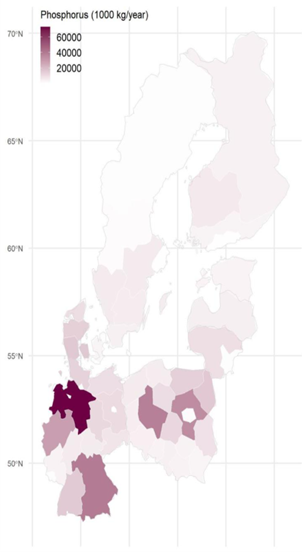
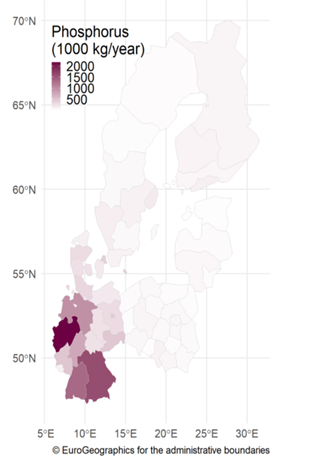
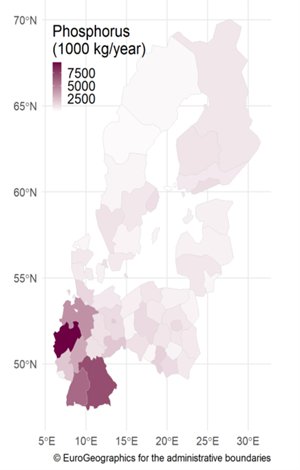
Interactive map showing pilot locations. Use the arrow keys to move the map view and the zoom controls to zoom in or out. Press the Tab key to navigate between markers. Press Enter or click a marker to view pilot project details.
Additional links
- Read about the project
- Report: Nutrient recycling in the Baltic Sea Region - state-of-the-art and the way forward
- DATABASE National data collection: Dataset on country-specific nutrient recycling potential in Baltic Sea Region
- DATABASE Eurostat-based data collection: Dataset on nutrient recycling potential in the Baltic Sea Region


